The content of the article
Every year, from the earliest spring to late autumn, gardeners-gardeners have one huge problem - how to save their beds from the invasion of unnecessary weeds. These plants not only spoil the appearance of a tidy garden, but also take all the nutrients from the soil. It’s impossible to get rid of weeds in one day — they are unusually tenacious compared to cultivated plants — they have deep-penetrating roots, they multiply shoots and become heavily seeded. What methods are very popular among experienced gardeners?
The main types of weeds
In order for weed control not to turn into a waste of time for you, it is necessary to remove them taking into account the peculiarities of the root system structure.Everyone knows that it is the roots that cause great harm not only to the soil, but also to the cultivated plants themselves - they dehydrate the soil, reduce its mineral and nutritional composition, and even block out from the sun. Not every gardener knows the reason for the constant reproduction of weeds - if one species grows quickly thanks to the seeds, then the other grows well after the partial destruction of the leaf part.
- Dandelion field. Despite the fact that this wild plant has many useful properties and is widely used in traditional medicine, all gardeners are against their settlement on their site. The dandelion root system has one main root, so if you destroy the seedlings before the “air” seeds appear, you can greatly reduce its distribution throughout the garden.
- Starfish or woodlouse. Just like dandelion, a popular element for traditional medicine recipes, the worst side of wood lice, however, can easily grow in any weather conditions and greatly increase in quantity due to abundant sprinkling. The mokrita has surface roots, so most of the nutrients from the soil picks up this weed.
- Nettle. A very useful plant, however, despite its remarkable properties, causes great harm to cultivated plants. Usually, in the gardens nettle grows next to the fences, has a widely branched root system, propagates by seeds and roots.
- Bindweed. One of the most hated weeds, which causes enormous harm not only to the cultivated plants in the garden, but also to agricultural crops. Bindweed can not be completely removed - neither stretching nor cutting help - the root of this weed is so deep that sometimes it is located 3-4 meters underground. This greatly complicates its destruction, however, due to the fact that the weed wraps its stems with succulent shoots of useful plants, the latter stop growing and die.
- Horsetail, as well as other types of weeds are very annoying with their presence on the beds, even despite the fact that it brings many benefits to the body when used in traditional medicine. Ivy breeds shoots and grows mostly in the shade, in wet soils.
Tillage in late autumn
This method requires special attention to itself, even despite the fact that it is not so common among gardeners because of the monotonous work. Land in the garden and garden, to prevent the emergence of weeds need to dig up in late autumn, when the air temperature is not less than -0 degrees Celsius. Such a tough condition is necessary so that all the roots, pulled out of the ground, die in the cold. This will be a guarantee that their reproduction will stop and the garden will be at least a little released due to the prevalence of harmful weeds.
In order to dig the soil and pull out all the unnecessary roots from the ground, you need to use not a spade, but a pitchfork. On sale there are special installation to facilitate digging the soil, they will not only help you to quickly cope with the work, but also carefully remove the weeds. When digging, the main thing is not to be lazy, but to collect all the big roots from the ground, all the garbage that can spoil the look of your garden. If you see that in a separate area is full of small weeds, you can remove them using choppers. It is worth noting that a positive result from the work done will depend entirely on the efforts made - ifyou will not be lazy, then next year you will get a clean garden.
Physical weed control methods - weeding
Among all known methods, the most popular and easiest is regular weeding. Its indisputable efficiency has been proven not by one decade, but for several centuries. In order for weeding to bring the maximum amount of benefits and save you from further tedious work, you need to pay attention to the following rules:
- The most optimal time for tillage from annoying weeds is the beginning of summer, the end of spring. This period is characterized by the fact that, together with planted tomatoes, cucumbers and other vegetable and fruit crops, weed sprouts begin to appear. During the beginning of growth to pull them out does not provide much difficulty, all wild plants are removed along with the root. Such weeding will help remove 80% of all available weeds.
- The evening after the rain is the best time for weeding. If the ground is dry, it is impossible to pull out the plant from the root, but when the soil is wet, it becomes loose and it is not so difficult to pull the weed out of the ground.
- If you don’t want to “bow down” to weeds for the whole summer, it is necessary to thoroughly remove all roots already during the first weeding. Do not leave the remains of plants near the beds - collect in one bucket, and then use for compost or just burn it.
- Mokritsa - a weed, which by its intrusiveness takes the second place, after the ubiquitous bindweed. In order to get rid of this plant, it is necessary not only to carry out weeding before seeds begin to fall, but also to create conditions that are hated by the weed — to prevent overmoistening and shade.
Chemical methods to help rid the garden of weeds
If your garden is already completely covered with weeds, or for some reason you have failed to produce spring weeding, you can use the help of chemicals. Now buyers are ready to offer a large number of solutions that are able to completely destroy weed plants, leaving no reason for their further growth. But are chemicals so useful or is a “time bomb” hidden in them?
Everyone knows that everything that is created in a test tube, bears in itself not only benefit, but also evil. The same applies to weed products. If you want to protect your food and leave it natural, you must either completely abandon the use of chemical solutions or use herbicides as carefully as possible, it is better to spray it on each plant separately. This method is not suitable for use in gardens, where there are beehives in the neighborhood - bees, eating chemical poison, can die immediately, and this will happen in just a few days.
Note! Herbicides are a toxic drug that not only destroys the structure of weed plants, but also completely destroys the fertile soil layer. In addition, chemical solutions can change human genetics - this is the same product that causes genetic abnormalities in humans and animals. If you care about your health and that of your relatives, do not use herbicides in your garden. It is better to weed several times or get a small crop, but all the collected fruits of fruits and vegetables will be 100% natural.
Folk remedies in the struggle for a clean garden
In order to help gardeners to cope independently with the dominance of weeds, it is necessary to describe the folk methods used for several centuries in a row and bringing visible benefits.
- Root cutting. This procedure is very familiar to all gardeners - the usual weeding with a hopper. Loosening the earth in this way, you not only saturate it with oxygen, but also cut the roots of weeds. To ensure that wild plants do not disturb you as long as possible, carry out this procedure as often as possible.
- Use covering material. In order to protect the beds from weeds, you can use black material. He spread on the beds, leaving a small area for healthy crops. As a result, due to the fact that the sun does not fall under the material, the weeds do not have the opportunity to grow, and vegetables feel great even on a small open area, the main thing is that the stems and leaves should not remain under the black cloth.
- Instead of covering material, many practical gardeners use ordinary cardboard boxes. They are divided into separate lanes and close the path between the beds.You can do the same with the path in the greenhouse - despite the fact that it is not very aesthetic, but it is full of benefits.
- You can get rid of weeds with the help of siderats - plants that prevent the development of wild crops. These include clover, lawn grass and so on. This is an excellent method to sow the land in the garden, which has not yet come in handy for use. In addition, green manures give the soil additional minerals, saturate the earth with nitrogen and potassium.
In order for work in the garden to bring only positive emotions, it is necessary to work hard at weed control. Remember, only regular work on the site will be able to save you from the unpleasant dominance of weed crops.
Video: how to destroy weeds on your site



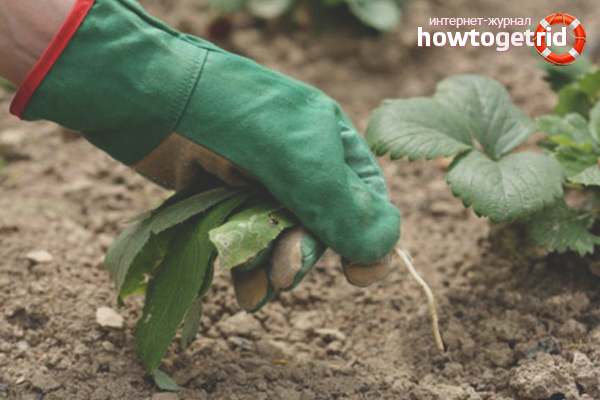

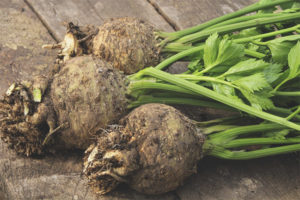
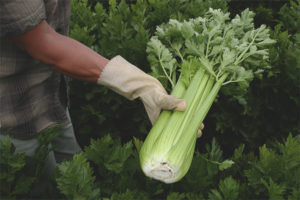

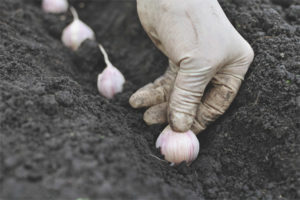
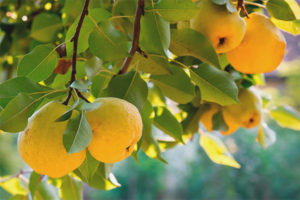
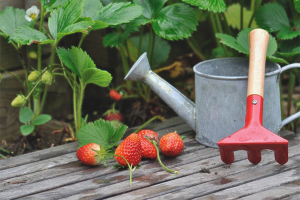

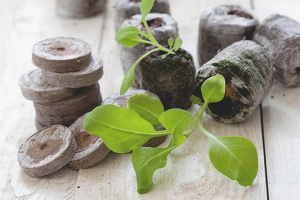
To send